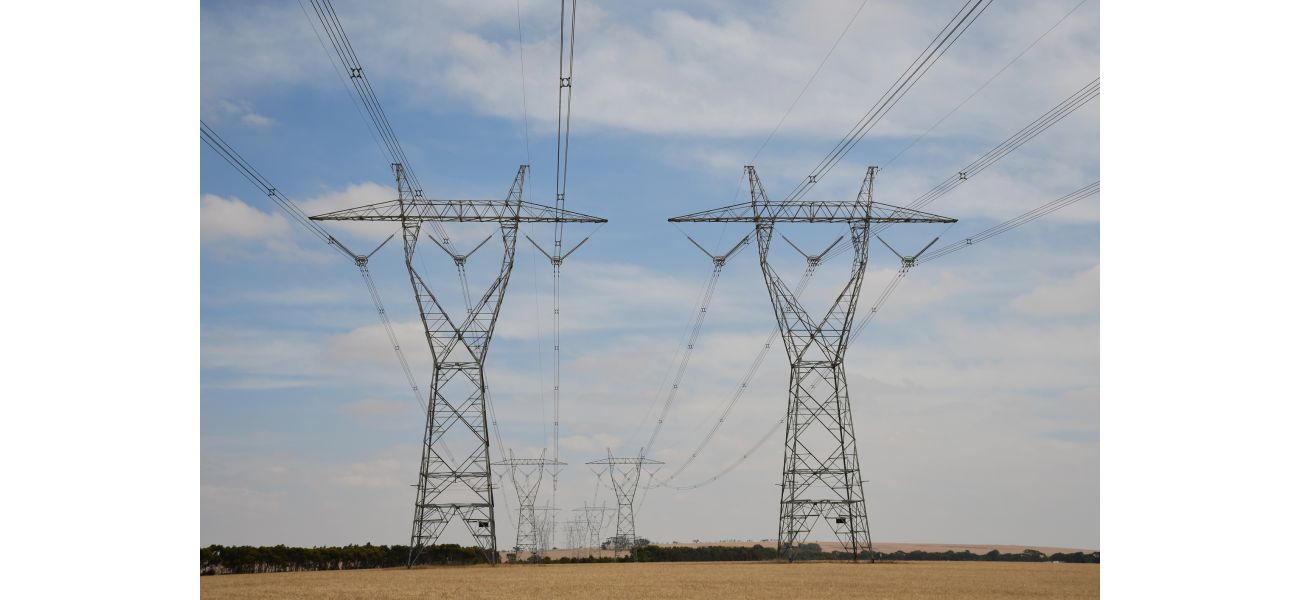Worry over energy costs is affecting more Australian households.
Different generations in Australia are experiencing varying impacts from the stress of bills.
November 27th 2024.

As we approach the summer season, Australians are becoming increasingly aware of the challenges facing our ageing national energy grid. A recent study conducted by Compare Club has revealed that the biggest source of stress for families is the cost of keeping the lights on.
According to the latest Bill Stress Index, 45% of Australians consider utilities to be their top financial burden. "We're noticing a concerning trend in energy-related anxiety," says Kate Browne, head of research at Compare Club. "Not only are Australians struggling with high energy costs, but they are also becoming more worried about the reliability of their energy supply. Many are expressing concerns about potential longer outages this summer, especially those who rely on medical equipment or air conditioning during extreme heat."
Browne also notes that there has been a significant increase in the number of high-income households spending more than three-quarters of their income on bills - a whopping 246% rise. "When banks see such a large portion of income going towards bills, it raises concerns about a person's ability to take on additional debt," Browne explains. "This could potentially limit their access to credit and financial opportunities."
While bill stress affects all Australians, the specific financial burdens vary among different generations. The index found that adults aged 18 to 24 are most worried about rental stress, which has increased by 6.6% in the past six months. On the other hand, their mortgage stress has decreased by 34%. In contrast, middle-aged Australians (aged 35-44) have the highest mortgage stress at 31.22%, although this has decreased by 8% since May. Older Australians (aged 55 and over) are most stressed about utilities, followed by general insurance costs and health insurance.
The study also found regional variations in sources of stress. While NSW residents reported the highest mortgage stress, Victorians are most concerned about utilities stress. Queenslanders have the highest level of stress related to car loans and general insurance, while those in Western Australia are most worried about Buy Now Pay Later services.
Despite some positive findings, such as a 21% decrease in overall bill stress in the past six months, Browne warns that this may only be temporary. With increasing pressure on the energy grid and ongoing economic challenges, the situation could worsen. On a brighter note, the study found that three in five Australians are now paying their bills on time, which is a 14% improvement since May. However, there has been a concerning 50% increase in the use of Buy Now Pay Later services.
"The fact that many young Australians are turning to BNPL and personal loans to cover basic expenses is a worrying sign of their financial strain," Browne states. "While these services may seem convenient, they can easily lead to a cycle of debt if not managed carefully."
To stay updated on the latest breaking news, sports, politics, and weather, download the 9News app. With notifications sent straight to your smartphone, you can stay informed wherever you go. The app is available on the Apple App Store and Google Play.
According to the latest Bill Stress Index, 45% of Australians consider utilities to be their top financial burden. "We're noticing a concerning trend in energy-related anxiety," says Kate Browne, head of research at Compare Club. "Not only are Australians struggling with high energy costs, but they are also becoming more worried about the reliability of their energy supply. Many are expressing concerns about potential longer outages this summer, especially those who rely on medical equipment or air conditioning during extreme heat."
Browne also notes that there has been a significant increase in the number of high-income households spending more than three-quarters of their income on bills - a whopping 246% rise. "When banks see such a large portion of income going towards bills, it raises concerns about a person's ability to take on additional debt," Browne explains. "This could potentially limit their access to credit and financial opportunities."
While bill stress affects all Australians, the specific financial burdens vary among different generations. The index found that adults aged 18 to 24 are most worried about rental stress, which has increased by 6.6% in the past six months. On the other hand, their mortgage stress has decreased by 34%. In contrast, middle-aged Australians (aged 35-44) have the highest mortgage stress at 31.22%, although this has decreased by 8% since May. Older Australians (aged 55 and over) are most stressed about utilities, followed by general insurance costs and health insurance.
The study also found regional variations in sources of stress. While NSW residents reported the highest mortgage stress, Victorians are most concerned about utilities stress. Queenslanders have the highest level of stress related to car loans and general insurance, while those in Western Australia are most worried about Buy Now Pay Later services.
Despite some positive findings, such as a 21% decrease in overall bill stress in the past six months, Browne warns that this may only be temporary. With increasing pressure on the energy grid and ongoing economic challenges, the situation could worsen. On a brighter note, the study found that three in five Australians are now paying their bills on time, which is a 14% improvement since May. However, there has been a concerning 50% increase in the use of Buy Now Pay Later services.
"The fact that many young Australians are turning to BNPL and personal loans to cover basic expenses is a worrying sign of their financial strain," Browne states. "While these services may seem convenient, they can easily lead to a cycle of debt if not managed carefully."
To stay updated on the latest breaking news, sports, politics, and weather, download the 9News app. With notifications sent straight to your smartphone, you can stay informed wherever you go. The app is available on the Apple App Store and Google Play.
[This article has been trending online recently and has been generated with AI. Your feed is customized.]
[Generative AI is experimental.]
0
0
Submit Comment





